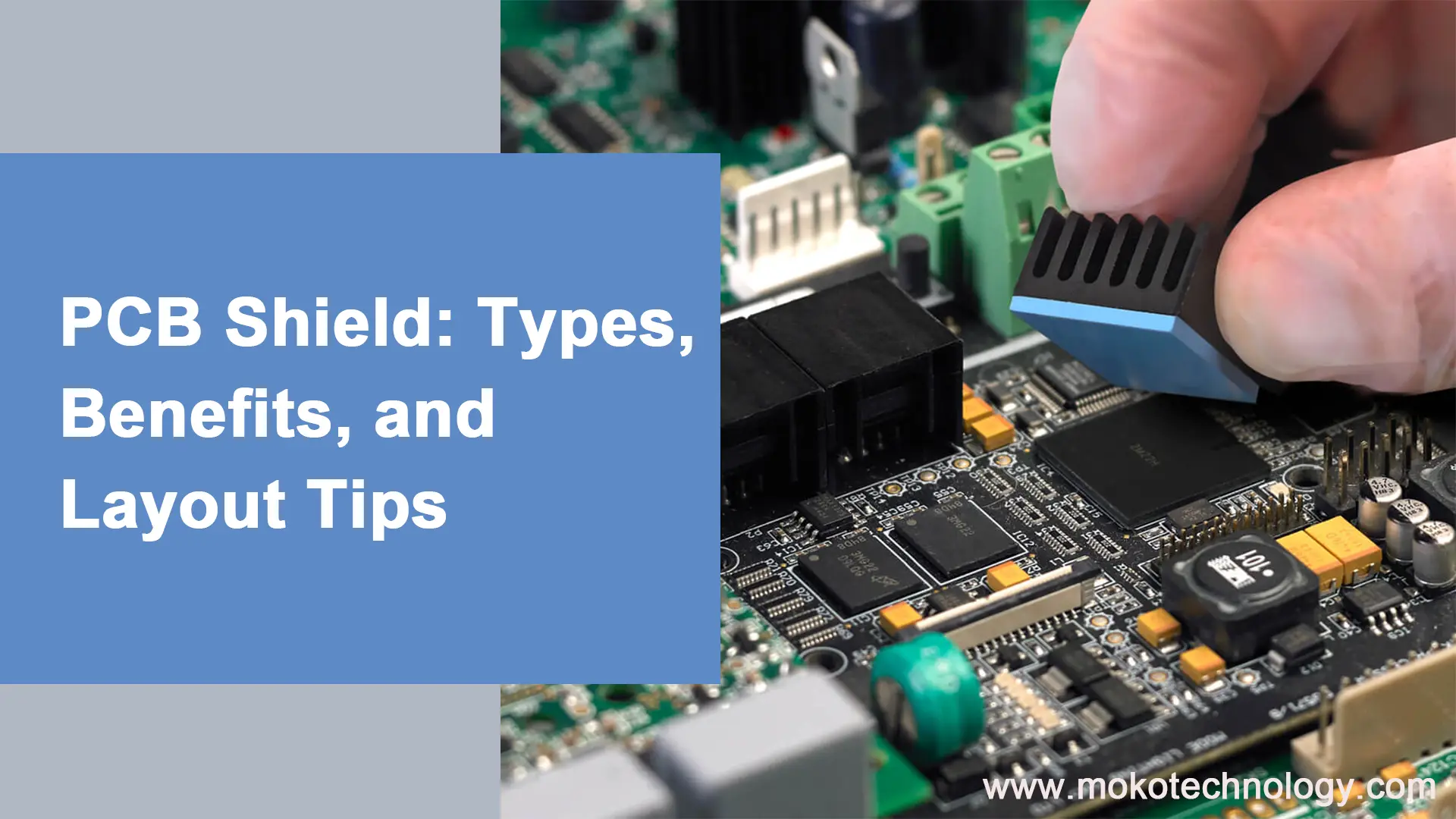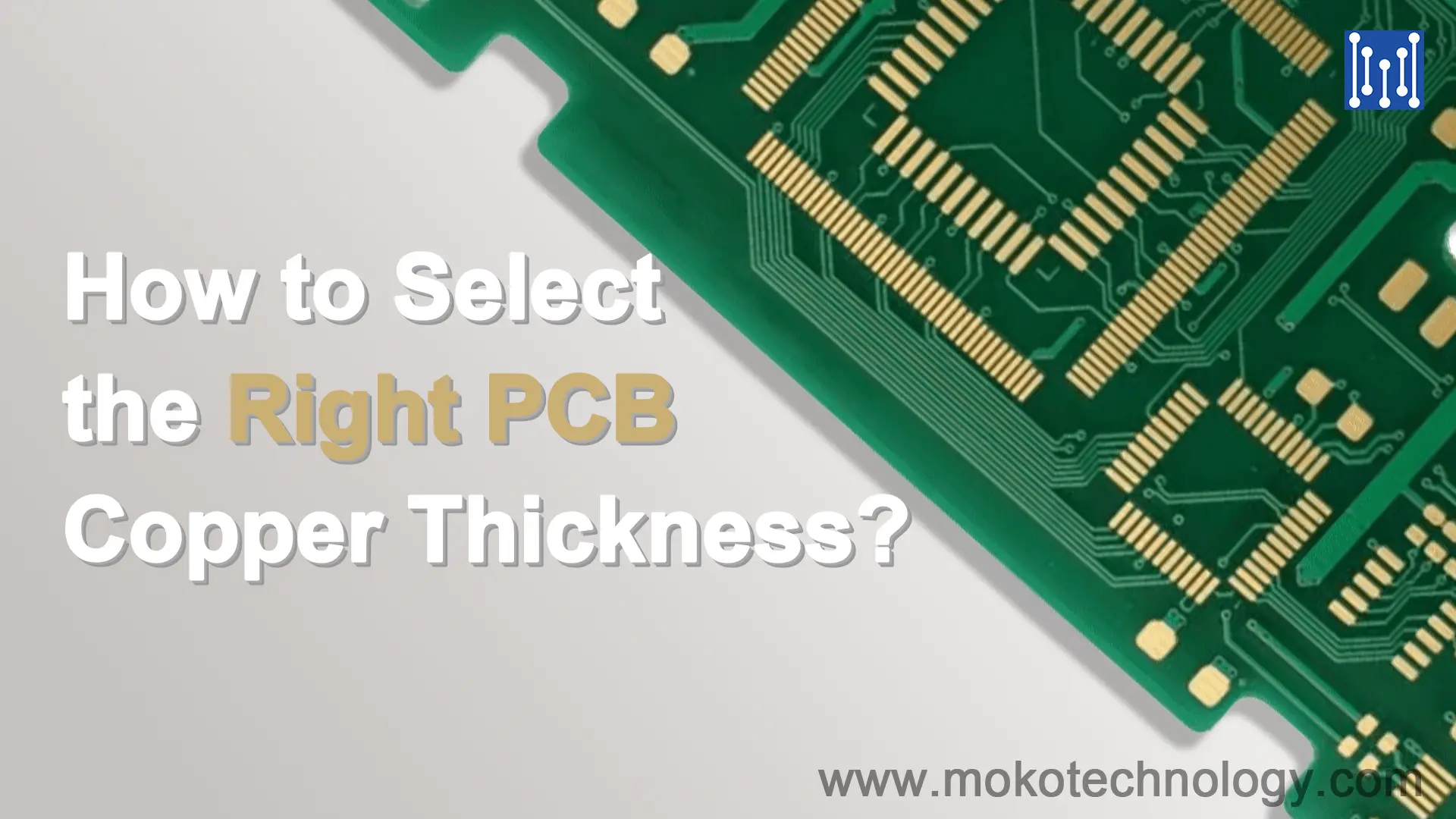“Zig zags” are used to ensure a group of traces are all the same length. It makes sure that signal from various paths arrives at roughly the same time, reducing latency and sync issues.
Read More: PCB Design and Layout Services
#PCB Design #PCB Manufacturing



